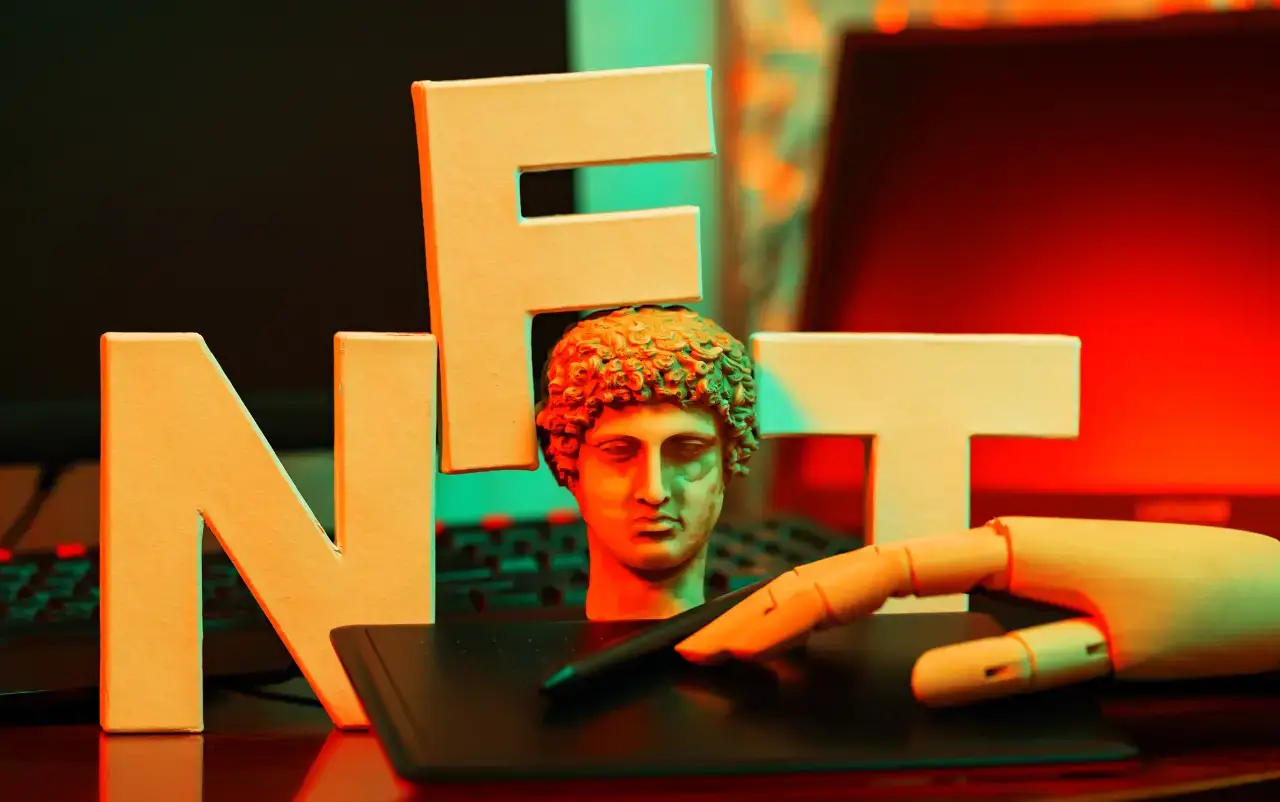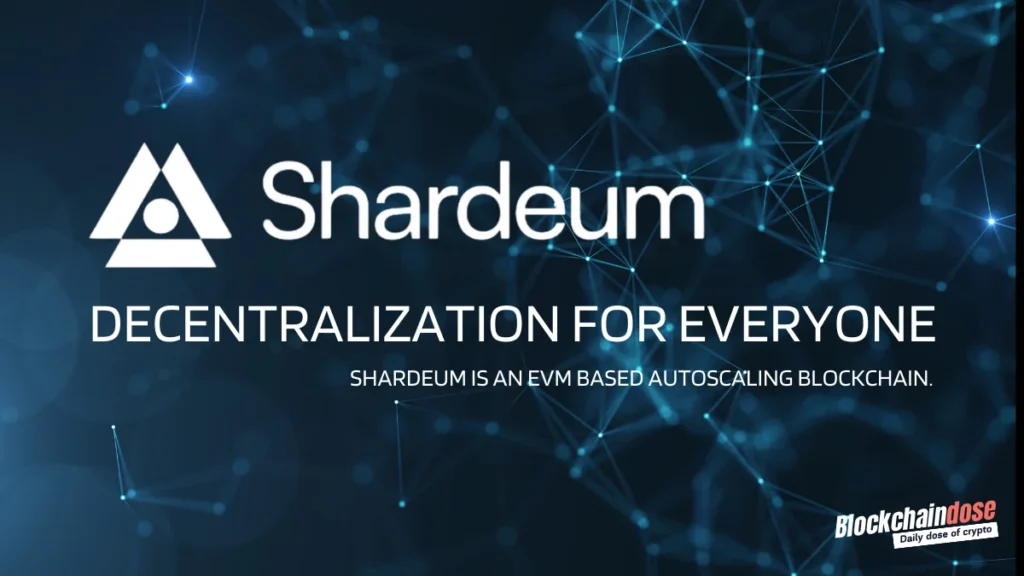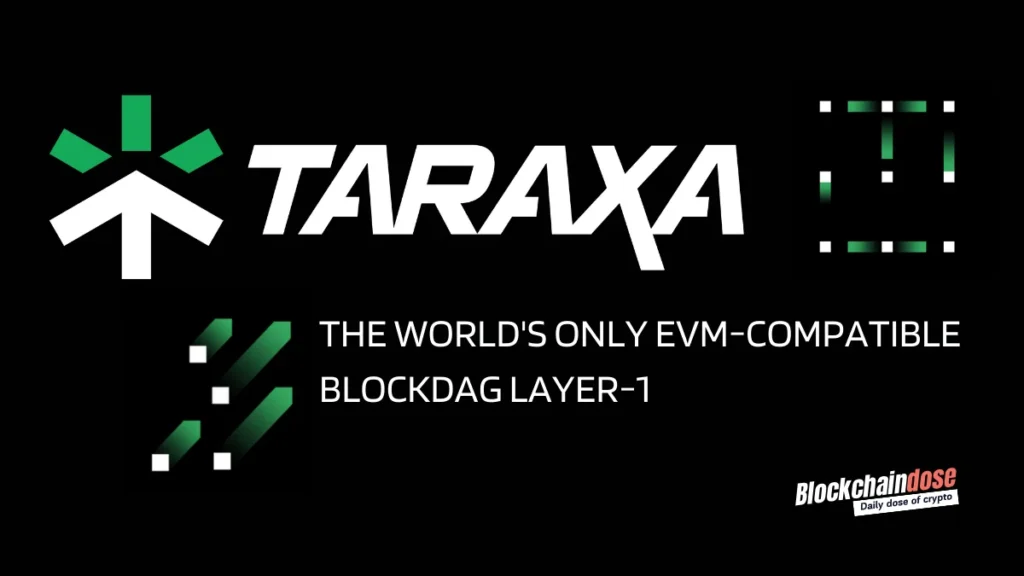Creating a non-fungible token (NFT) has become a popular way for artists and creators to monetize their digital work. The process of making an NFT involves several steps, from designing the digital asset to minting it on a blockchain. This guide will walk you through the journey of transforming unique creations into tokenized assets. Understanding how to make NFTs can open up new opportunities in the digital marketplace.
What Are NFT Tokens?
Definition of NFT Tokens
NFT tokens are unique digital assets that represent ownership or proof of authenticity of specific items or pieces of content on the blockchain. Unlike cryptocurrencies such as Bitcoin or Ethereum, which are fungible and can be exchanged on a like-for-like basis, each NFT is distinct and carries its own value.
NFTs can represent:
- Digital art
- Music
- Videos
- In-game items
- Virtual real estate
- Physical assets in the real world
The uniqueness of NFTs is guaranteed by cryptographic techniques, ensuring that each token is one-of-a-kind and cannot be replicated or forged.
The Role of Blockchain
Blockchain technology forms the foundation for creating, storing, and trading NFT tokens. It provides a decentralized and transparent ledger that records all transactions and ownership changes.
Key aspects of blockchain in NFTs
- Decentralization: No single entity controls the records, reducing the risk of manipulation or censorship.
- Transparency: All transactions are visible to network participants, enhancing trust and verifiability.
- Immutability: Once recorded, data cannot be altered, ensuring the integrity of ownership history.
- Security: Cryptographic techniques protect against fraud and unauthorized access.
Smart Contracts: The Backbone of NFT Tokens
What Are Smart Contracts?
Smart contracts are self-executing programs stored on the blockchain. They automate NFT transactions, removing the need for intermediaries and making transactions transparent and trustless. Key features of smart contracts include:
- Automation: Execute predefined actions when specific conditions are met
- Transparency: Code is visible and verifiable by all parties
- Immutability: Once deployed, the contract cannot be altered
- Efficiency: Reduce transaction time and costs by eliminating intermediaries
How Smart Contracts Power NFTs
Smart contracts play a crucial role in the NFT ecosystem by encoding:
- Terms of sale:
- Price
- Auction mechanics
- Time limits
- Ownership rights:
- Transfer rules
- Usage permissions
- Licensing terms
- Future royalties:
- Percentage of secondary sales
- Distribution of royalties to multiple parties
- Automatic payments to creators
Each platform has its own strengths and limitations, catering to different types of projects and use cases.
NFT Token Standards: ERC-721 vs. ERC-1155
ERC-721: The Original NFT Token Standard
ERC-721 is the first standard designed specifically for NFTs on the Ethereum blockchain. This standard laid the groundwork for the current NFT ecosystem.
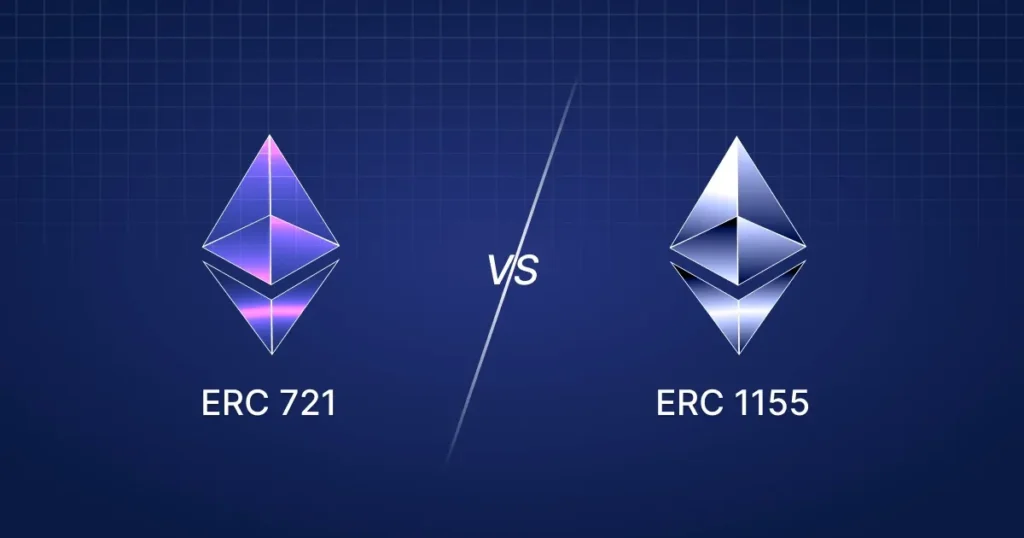
Key features of ERC-721:
- Individually unique tokens
- Cannot be divided (indivisible)
- One-of-a-kind assets
- Each token has a distinct ID
Examples of popular NFT projects using ERC-721:
- CryptoPunks: 10,000 unique collectible characters
- Bored Ape Yacht Club: Exclusive digital art collection
- NBA Top Shot: Digital basketball trading cards
Advantages of ERC-721:
- Simplicity in tracking individual assets
- Well-established and widely supported
- Ideal for one-of-a-kind digital art and collectibles
Limitations:
- Higher gas fees for minting and transferring multiple NFTs
- Less efficient for projects requiring multiple token types
ERC-1155: Multi-Token Standard
ERC-1155 is a more versatile standard, enabling both fungible and non-fungible tokens within a single contract. This standard was developed to address some limitations of ERC-721.
Key features of ERC-1155:
- Supports both fungible and non-fungible tokens
- Allows batch transfers
- More gas-efficient
- Enables semi-fungible tokens
Examples of projects using ERC-1155:
- Decentraland: Virtual reality platform with various in-game items
- Gods Unchained: Blockchain-based trading card game
- Enjin: Gaming ecosystem with interoperable assets
Advantages of ERC-1155:
- Reduced gas fees for multiple NFTs
- Better scalability for complex projects
- Flexibility in token design
Limitations:
- More complex to implement
- May not be necessary for simple, single-asset projects
Comparing ERC-721 and ERC-1155
Thank you for providing the updated table content. I’ll format it into proper HTML code for you to use in WordPress: htmlCopy| Feature | ERC-721 | ERC-1155 |
|---|---|---|
| Token Type | Non-fungible only | Fungible and non-fungible |
| Batch Transfers | No | Yes |
| Gas Efficiency | Lower | Higher |
| Complexity | Simpler | More complex |
| Use Case | Art, single-asset collectibles | Gaming, multi-asset projects |
| Metadata | Separate storage for each token | Shared storage for token types |
| Market Support | Widespread | Growing |
Choosing between ERC-721 and ERC-1155 depends on the specific requirements of the NFT project. ERC-721 is suitable for unique, individual assets, while ERC-1155 excels in projects requiring multiple token types or large-scale minting.
How to Create NFT Tokens on the Blockchain
1. Choose a Blockchain
Selecting the right blockchain is crucial as it influences the functionality, cost, and audience of your NFTs. Here are some popular options:
- Ethereum: The most widely used blockchain for NFTs, utilizing ERC-721 and ERC-1155 standards. It has a large user base and extensive marketplace support, but gas fees can be high.
- Solana: Known for its fast transaction speeds and low fees, making it an attractive option.
- Flow: Designed specifically for NFTs and digital collectibles, Flow is user-friendly and has partnerships with major brands like NBA Top Shot.
- BNB Chain: Offers lower transaction fees compared to Ethereum and supports BEP-721.
- Cardano: A newer player in the NFT space, Cardano aims to provide a more energy-efficient and scalable solution for creating NFTs.
2. Set Up a Crypto Wallet
A crypto wallet is essential for storing your NFTs and managing transactions. Here’s how to set one up:
- Choose a Wallet: Depending on your chosen blockchain, select a compatible wallet. MetaMask is popular for Ethereum, while Phantom is widely used for Solana but there are plenty of other options.
- Create an Account: Download the wallet app or browser extension and follow the setup instructions. You’ll need to create a secure password.
- Backup Your Wallet: Most wallets will provide a seed phrase. Write this down and store it securely, as it is crucial for recovering your wallet.
- Fund Your Wallet: Purchase the native cryptocurrency of your chosen blockchain (e.g., ETH for Ethereum, SOL for Solana) from an exchange like Coinbase or Binance, and transfer it to your wallet to cover minting and transaction fees. Make sure that you use the correct blockchain network because using a different blockchain can result in the loss of your funds.
3. Choose an NFT Platform
Different platforms offer various features for creating and selling NFTs. Here are some popular options:
- OpenSea: The largest NFT marketplace, supporting multiple blockchains including Ethereum and Polygon. It allows users to create, buy, and sell NFTs.
- Rarible: A decentralized marketplace. It also has a governance token (RARI) that gives users voting rights.
- SuperRare: Focuses on high-quality, unique artworks and is curated, meaning only selected artists can mint NFTs.
- Nifty Gateway: Known for its “drops” of limited edition NFTs from well-known artists and brands. It allows credit card payments, making it more accessible to newcomers.
- Mintable: A user-friendly platform that allows anyone to create digital assets without coding knowledge. It offers both free and paid minting options.
4. Create Your NFT on a Selected Platform
- Connect Wallet: Go to your chosen platform and connect your crypto wallet. This usually involves clicking a “Connect Wallet” button and following the prompts.
- Upload Your Digital Asset: Select the type of digital asset you want to mint as an NFT. This can be an image, video, audio file, or 3D model. Ensure your file meets the platform’s specifications (e.g., file type, size).
- Add Metadata: Fill in the details for your NFT:
- Title: Give your NFT a unique name.
- Description: Write a brief description that explains the significance of your NFT.
- Attributes: If applicable, add attributes or traits that make your NFT unique (especially for collectibles).
- Set Supply: Decide how many copies you want to mint. You can create a single unique NFT or a limited series.
- Choose Blockchain and Collection: Select the blockchain on which you want to mint your digital art and assign it to a collection if applicable.
- Set Royalties: Define a royalty percentage that you will earn on future sales. This is a way to benefit from your work even after the initial sale.
- Mint Your Digital Art: Click the “Mint” button. This process involves creating the NFT on the blockchain, which requires a transaction fee (gas fee). Confirm the transaction in your wallet.
5. List Your NFT for Sale
After minting, you can list it for sale:
- Choose Sale Type: Decide if you want to sell your NFT at a fixed price, through an auction, or accept offers.
- Set the Price: Determine a price for your NFT. Research similar digital assets to gauge market value.
- List the NFT: Follow the platform’s instructions to list your Artwork for sale. Confirm the listing by signing the transaction in your wallet.
6. Promote Your NFT
One additional step to follow. If you want your NFT art faster, try to promote it. It is essential to attract buyers. Here are some strategies:
Create a Website or Portfolio: Showcase your Digital Art on a personal website or portfolio.
Social Media: Share your work on Twitter, Instagram, and TikTok. Use relevant hashtags to reach a larger audience.
Join NFT Communities: Engage with communities on Discord, Reddit, and Telegram. Participate in discussions and share your work.
Collaborate with Other Artists: Partner with other creators to cross-promote your NFTs.
Conclusion – NFT Tokens
NFTs are a new technology that’s changing how we own and prove ownership of digital and physical things. They let people buy and sell unique items like digital art, music, or even virtual land. Non Fungible tokens are exciting, but they also cause some problems. For example, they use a lot of energy, which is bad for the environment. There are also worries about copyright and people treating NFTs like a get-rich-quick scheme. We’re not sure how these problems will be solved, but NFTs are already making big changes in art, entertainment, and business.
